It started with the CLK-GTR; an icon in its own right. When Mercedes-Benz decided to make an official comeback — as a chassis and engine constructor — at the 24 Hours of Le Mans in 1998, the engineers at AMG were convinced that only a smaller engine and upgraded aerodynamics would help achieve the goal. AMG needed just about a third of a year to develop the car. The engine was based on the M119 5.0-litre V8 — tested eight years earlier in the Sauber Mercedes C11 Group C car — reworked extensively to meet GT1 regulations, being flange-mounted and tuned to 600 PS from 730 PS. The CLK LM was thus born.
Apart from the four CLK LM “Racing” chassis, there were two street versions, or “Straßenversion”, built by the factory. The first, Chassis 001, was built in 1997 to meet initial FIA requirements. However, this car was retained by Mercedes. The second, Chassis 002, was shown to the world at the 1998 24 Hours of Le Mans. Mercedes were obliged to build and deliver 25 CLK-GTR road cars — as promised.
Between late 1998 and the middle of 1999, the other 25 cars were built by AMG at the Affalterbach factory; only slightly different from the race car. This resulted in more that just hat. There was the ultra-exclusive CLK-GTR Supersport — of which only two were built! The first was chassis 1/25, nicknamed “The Unicorn”: a homologation car with mirrors mounted high and a 7.3-litre mid-mounted V12 motor. It didn’t have any badging. The second, nicknamed ‘The Endgame’, was chassis #017 based on an upgrade of the first car. It is noted to be the only car to officially receive the ‘Supersport’ designation. The CLK-GTR also earned a Guinness World Record of the most expensive production car on sale at the time: a whopping US$ 1.55 million (approximately Rs 6.6 crore, as per the exchange rate in 1999).
7.3
While the M120 6.0-litre V12 is now a legend, it did spark something even more spectacular. The SL 600 had the big V12 with nearly 400 PS and 570 Nm; however, magic happened if you bought one and then handed it over to AMG. This is the story of the largest engine ever seen in a Mercedes passenger car for the road. The SL 73.
In 1999, the SL 73 came from AMG as a special project, given a new SL 600. The 6.0-litre V12 was enlarged to 7,291 cc and put out all of 525 PS and 750 Nm — figures unheard of in 1999. It weighed two whole tonnes but managed a sub-five-second 0-100 km/h time and a top speed of 300 km/h. Only 85 were ever made. The SL 73 was the first car to début the active rollover bars. It was also the swansong for the R129 SL. The R230 followed, but that’s a story for another day.
Power to Pagani
As a child, Horacio Pagani was a car enthusiast with big dreams. Thanks to none other than his friend, Juan Manuel Fangio, five-time Formula 1 world champion, he was able to move to Italy and begin a new phase of his life. In 1992, he founded Pagani Automobili SpA in Modena, Italy. His dream now was to build a car so exquisite, so detailed, it would be a class apart. He always appreciated all good cars and never saw the big names as rivals. Little did he realise then that his first car, the Zonda, in its then many unforeseen evolutions, would rival the best in the world. Why are we discussing Pagani? Because the engine — the heart of the car — came from Mercedes-AMG! And that partnership, which began back in 1994, continues today.
The first Zonda, the C12, used the AMG M120 6.0-litre V12, making 394 PS and 570 Nm, mated to a five-speed manual transmission driving the rear wheels. It would do 0-100 km/h in just over four seconds. Only five cars were built, before the Zonda S arrived. With its 7.0-litre V12 specifically tuned by AMG, the Zonda C12 S made nearly 550 PS. It spoke of a 335-km/h top speed and cost half-a-million US$; this was more than 15 years ago. Only 15 cars were produced, before the next Zonda S got the iconic 7.3-litre V12 — an engine whose evolution is still used today! It made 555 PS and 750 Nm and attained 318 km/h on a run on the Autobahn.


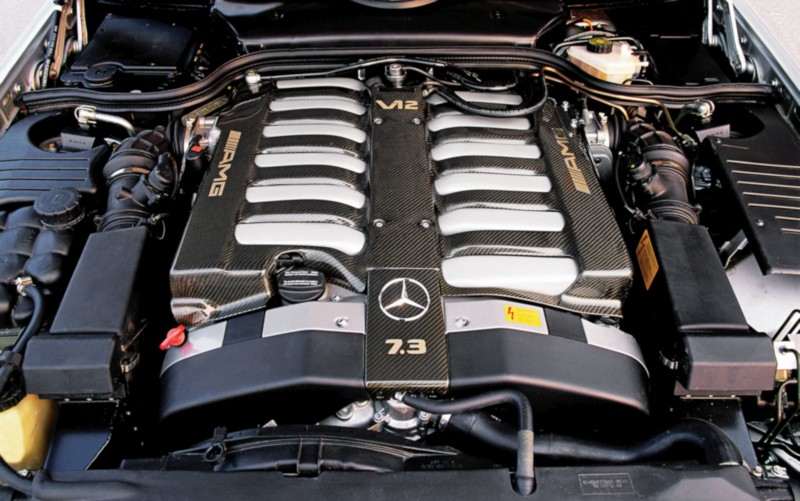
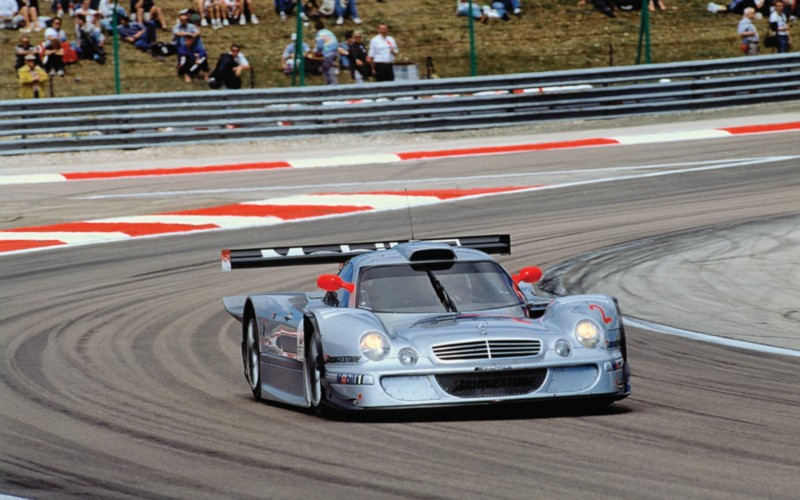
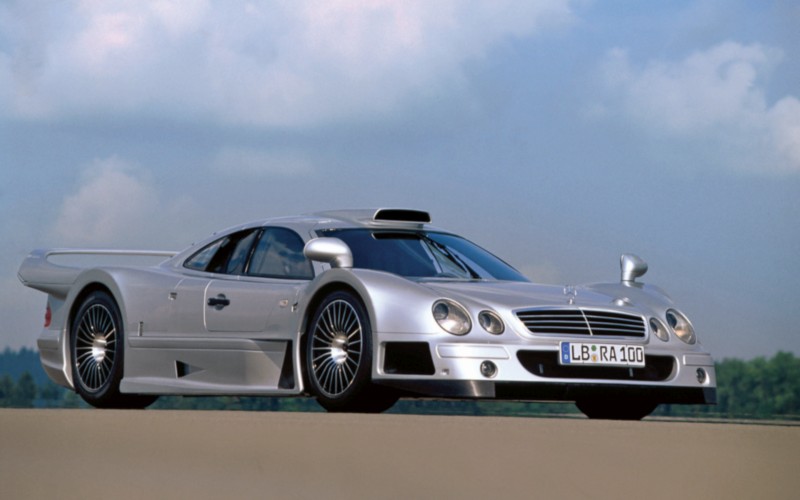
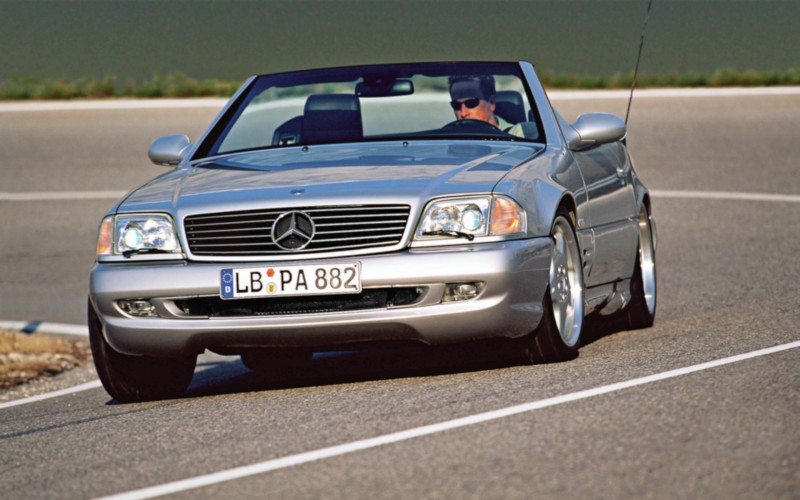
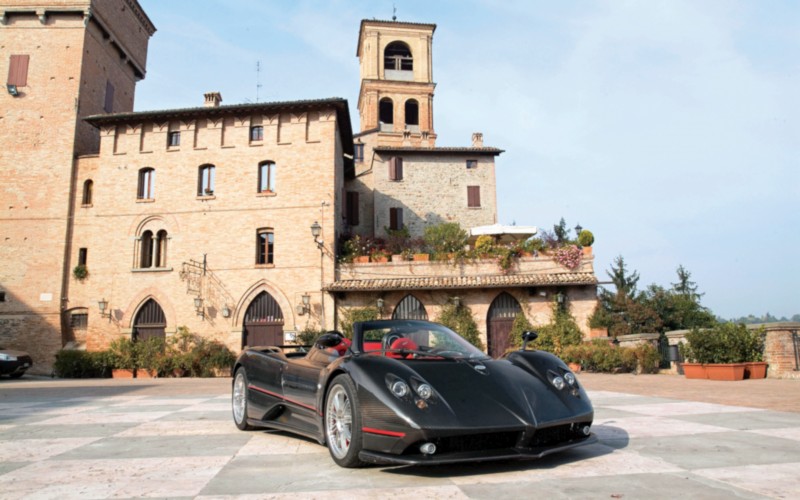
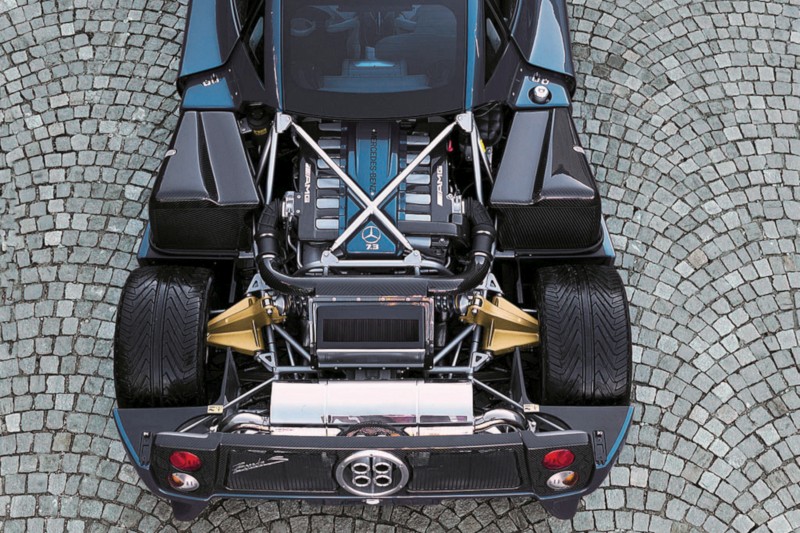


















Leave a Reply